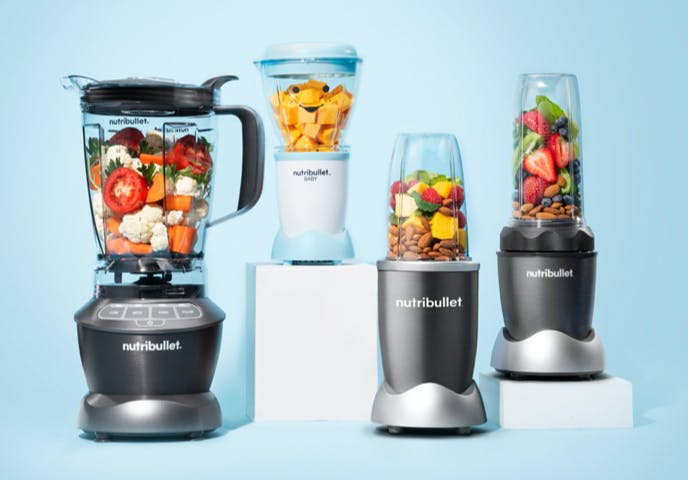Unfortunately, carbs have been the victim of some pretty incriminating press over the past decade. Evidence has consistently shown that regular consumption of whole grains (keyword: whole) leads to better weight maintenance, protection from several chronic diseases, and longevity. Despite those facts, however, carbs still seem to get the short end of the stick.1-2
While very low-carb diets may assist in faster short-term weight loss, research indicates they may raise individuals’ risk of premature death if consumed long-term.3 And let’s be real: they can also be challenging to stick with for the long run.
Naturally full of fiber and protective nutrients, whole grains – an intact grain or seed with an outer bran layer, endosperm layer, and an inner germ layer – are super-star components of any healthful and well-balanced diet. Whole grains not only provide carbohydrates (your body’s preferred source of fuel), but they are also packed with antioxidants, phytochemicals, vitamins, minerals, fiber, and yes, even protein. In fact, the 2020-2025 Dietary Guidelines for Americans recommends consuming at least half of your grains from whole grain sources. 4
The trouble is that when we think of carbs, we tend to think of highly refined grains typically found in processed pastries, cakes, cookies, and other baked goods. These offer rapidly absorbable carbohydrates without many of the added nutritional perks. Even more troubling is that food products and packaging may be deceptive with their claims or visual appeal. Brown bread doesn’t necessarily equate to being whole grain, nor do the labels “multigrain” or “seven-grain.”
One of the best ways to ensure you’re reaping the benefits of whole grains is to prepare them yourself. And the nutribullet EveryGrain™ Cooker can help with just that. It’s great to think outside of the traditional whole grain box beyond brown rice, whole-wheat pasta, or oats. You can try amaranth, barley (not pearled), bulgar, millet, quinoa, and wild rice for starters. While whole grains are generally rich in fiber, each offers its own unique nutritional profile. So, aim for diversity. Eat the rainbow of whole grains. They’re versatile, affordable, sustainable, and satisfying.
References
- Dagfinn, A et al. Whole grain consumption and risk of cardiovascular disease, cancer, and all cause and cause specific mortality: systematic review and dose-response meta-analysis of prospective studies. British Medical Association. 2016;353:i2716
- Maki, K et al. The relationship between Whole Grain Intake and Body Weight: Results of Meta-Analyses of Observational Studies and Randomized Controlled Trials. Nutrients. 2019; 11(6): 1245.
- Seidelman, S et al. Dietary carbohydrate intake and mortality: a prospective cohort study and meta-analysis. The Lancet. 2018; 3(9):E419-E428.



















